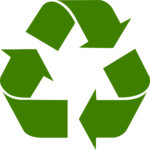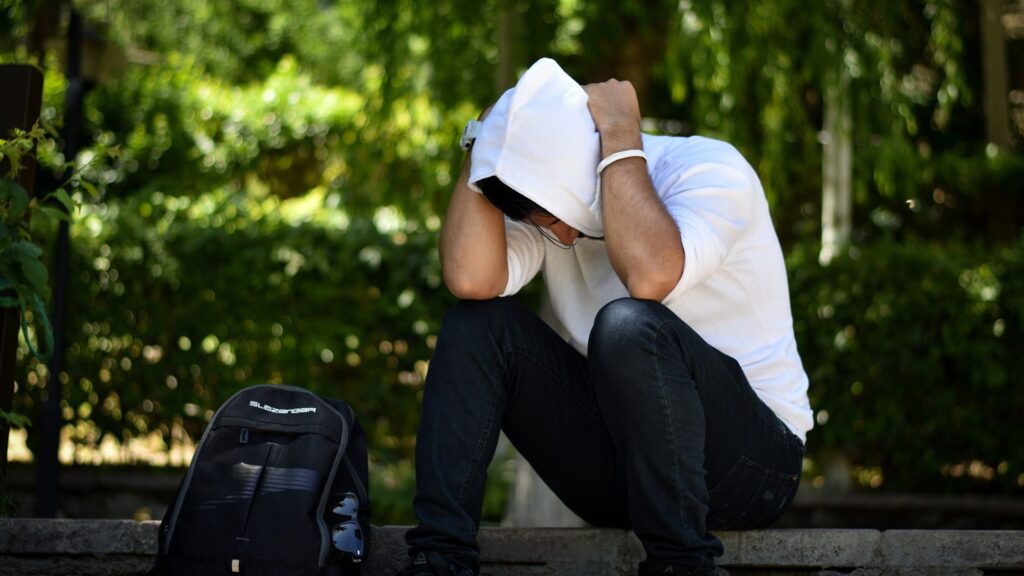What’s the first thing that you think of when you see the “chasing arrows” symbol? 
If you’re like me, it symbolizes “recycle” as in this thing can be recycled.
As in, this thing can go into a special bucket and hauled away for recycling, not to a landfill.
As in, by buying that thing, I am making a conscientious effort to consider that I’m a part of the circular economy.
It’s become a symbol that’s recognized world-wide.
“When you see the three arrows, you know exactly what it means.” ~Kim Bhasin
But do you really?
The propaganda about recycling that’s been most widely spread is that it gives you the knowledge that this is an item that can be recycled. Paper, glass, aluminum, tin, plastics can all be recycled they say.
It’s pretty simple.
Most of these things can be recycled, as in the process of converting waste materials into new materials and objects.
Except that there are three myths behind the “chasing arrows” symbol:
- It’s not regulated not is it trademarked. It’s royalty-free can be used and modified by anyone.
- It does not mean that the item was necessarily made from a recycled material.
- It does not mean it will necessarily get recycled if it is dropped in your recycle bin.
And then you start looking closer and see that plastics have special little numbers or letters inside their recycle triangles that signify the chemicals in the plastic and how they should be recycled.
So you diligently put the plastic that they say can be recycled into a bin and someone who knows more about the numbers and symbols deals with it appropriately.
Ok, I can work with that.
But then you read the scathing article that just came out by Center for Climate Integrity about the decades of lies spewed at the public about the recycling of plastics and how only nine percent of all plastics over all time have ever been recycled.
And then, if you’re like me, you get angry.
Taking back the recycling symbol!
Let’s empower ourselves and give a big middle finger to the recycling industry and renew our understanding of the triangle with three arrows chasing each other. While plastic is the worst offender for false hopes about recycling, we can still use this same framework for the other products that are more legitimately recyclable.
Reduce
This should be the very first thing we think of when we see this symbol. To me, this means it’s something that I should think twice or three times about even needing. When you see the chasing arrows symbol on a product you’re thinking about buying, ask yourself:
“Do I really need this?“
Reuse
This is the next phase on the triangle. After you’ve determined that you need the item, decided if it’s something that can be reused for something else, and will help minimize the number of new things you need because you already have it. The second question is:
“Can I use this thing again?”
Recycle
Once you’ve asked these two questions and the item has passed the test, we get to the final, last-ditch consideration. By this time, you should have weeded out many of the things that just land in your shopping cart because they don’t pass the previous two questions. But if it comes down to it, the question is:
“Can this be recycled?”
And as we’ve learned, the answer may really be “no”, even when you’ve been told it’s yes. And that should drive each and every one of us to do our research and investigate what the word “recycling” really represents.
By thinking differently about the chasing arrows symbol, and reframing the message that it gives, things really do become more simple.
We take more value in the things we have and never clutter up our lives with things we don’t.
Sometimes it can be hard to keep track of the ways we can declutter throughout the day. That’s why we added it as a healthy habit to track in The Agile Life Plan 4-week kick-start free course. Try it out for yourself 🙂





